Historical Photos That Show A Unique Side Of History
If a photo is worth a thousand words, then prepare yourself for an all-encompassing peek into the volumes of history. These photos aren’t the normal ones you may have seen in your high school history textbook. They show a different side of history that many people don’t get a chance to look at but certainly include some very interesting stories! Check out these historical photos and maybe you’ll gain a new perspective on the world.
Is It Safe? Thanks To “The Arm” It Is Now

You’ve likely met “the arm” before. It’s the classic mom move they’ve all done to us when a situation seems unsafe. If she’s ever braked slightly quicker than usual in traffic you’ve felt it shoot across your chest to hold you back. “The arm” doesn’t care if there’s seatbelts or not.
This mom broke out “the arm” to make this chairlift safe for her daughter and we respect it. Nowadays chair lifts don’t always come with seatbelts so this isn’t that shocking.
Wright Brothers
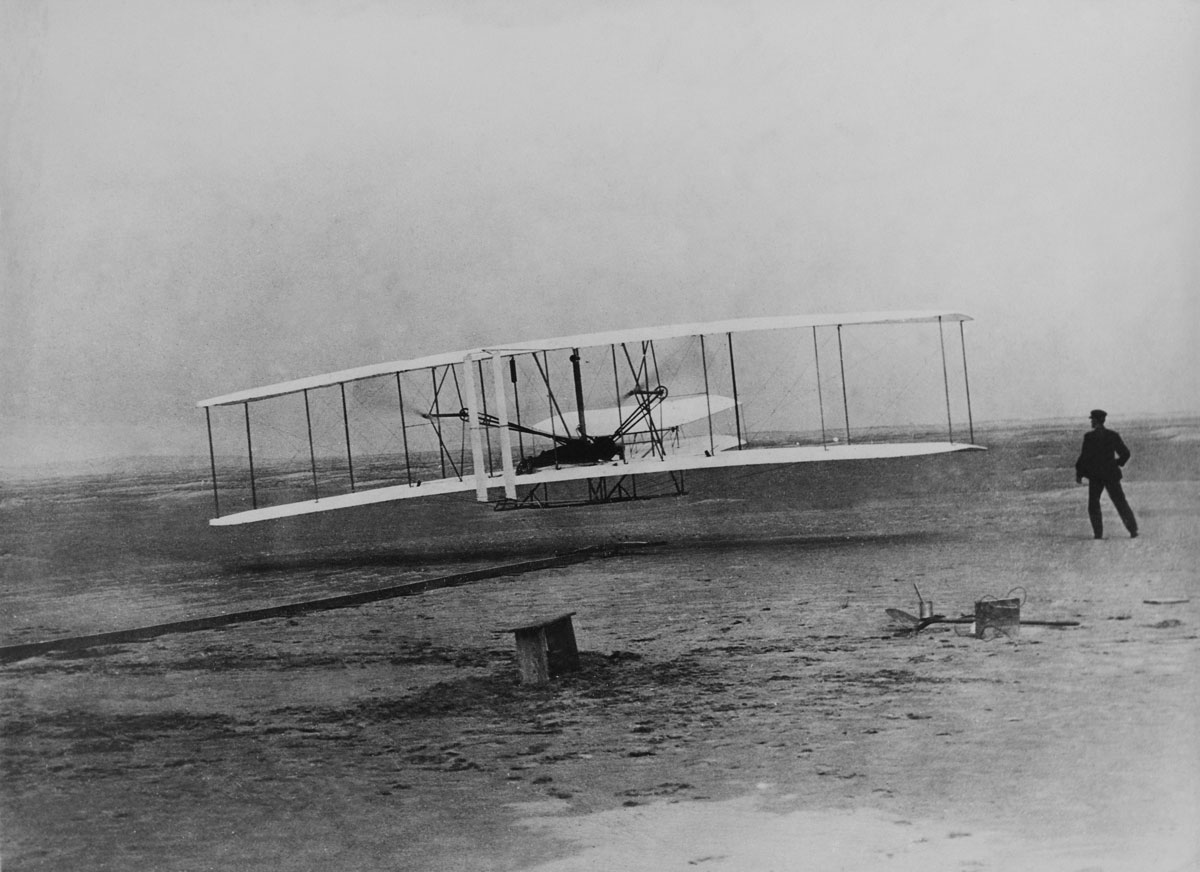
Here is a photo of the first-ever powered flight by Orville Wright in 1903. The inaugural flight took place in Kitty Hawk, North Carolina. The Wright Flyer, often referred to as the 1903 Flyer or Flyer I, was the first successful heavier-than-air powered aircraft.
Their trials at Kitty Hawk may have gotten us where we are today, but this early attempt at aviation was a long way from the kind of flying we recognize. The Wright brothers made four brief, low altitude flights, and didn’t attempt any turns. Each flight was bumpy and the landings weren’t exactly intentional. The Flyer I was damaged in their attempts and wasn’t flown again, though the day marked a milestone in the history of aviation.
Rosa Parks Arrest Photo
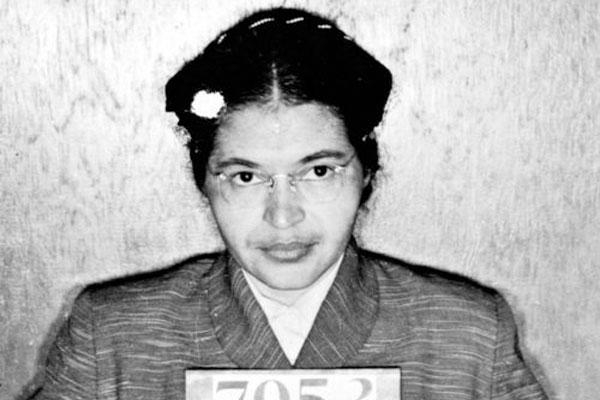
In 1955, Parks was arrested for refusing to give up her seat to a white passenger on a city bus in Montgomery, Alabama. Her act of nonviolent resistance started the Montgomery bus boycott, a successful eleven-month struggle to desegregate the city’s buses.
Parks wasn’t the first protester to be arrested for refusing to give up her seat, but NAACP organizers believed she could hold up under intense scrutiny and should be the face of this battle. They saw through a court challenge based on her arrest for violating Alabama’s segregation laws, though ultimately the Browder v. Gayle case succeeded first.
Wow
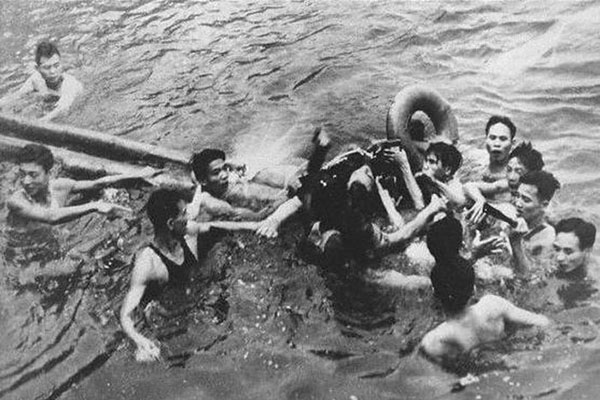
This photo shows an airman being captured by Vietnamese in Trúc Bạch Lake, Hanoi in 1967. The absolutely amazing thing is that the airman is John McCain. While McCain was flying an attack aircraft carrier he was shot down over Hanoi. He was a prisoner of war for five and a half years and wasn’t released until 1973 when the Paris Peace Accords were signed.
He became a celebrity after his return, and the story of how he refused an offer of early release because it would mean leaving before other prisoners who had been held longer showed his bravery to the world.
Smokebot
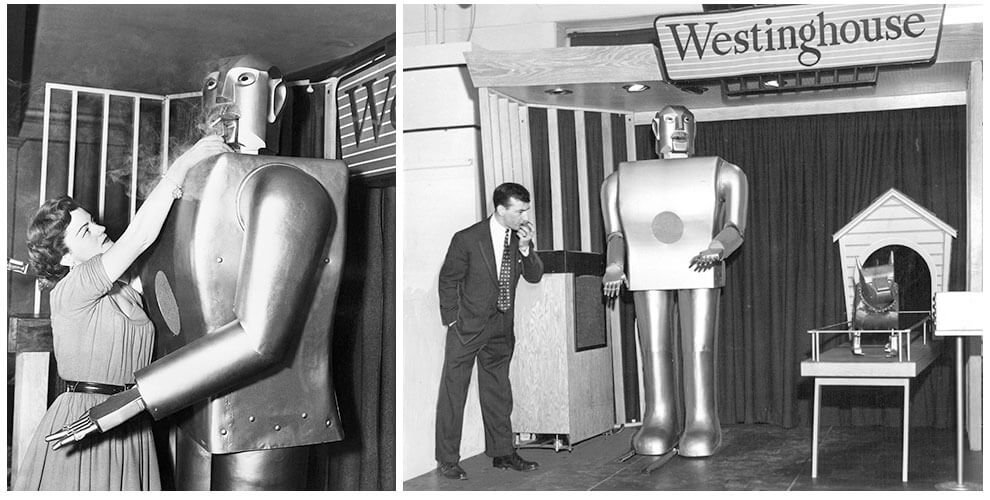
Retro technology at its finest! The Westinghouse Electric Corporation actually made a smoking robot in the 1930s. His name was Elektro — how modern. In addition to puffing on cigarettes, Elektro could speak about 700 words (thanks to a 78-rpm record player, blow up balloons, and move his head and arms. His eyes could also distinguish red and green light.
Elektro made his big debut at the 1938 New York World’s Fair and reappeared the next year with Sparko, a robot dog that could bark, sit, and beg. This robot is currently retired at the Mansfield Memorial Museum.
WTC

Building the World Trade Center in New York City, 1970. The original WTC was a large complex of seven buildings in Lower Manhattan, New York City. It was destroyed in the September 11, 2001 terror attacks.
At the time the original 1 World Trade Center was built at 1,368 feet, it was the tallest building in the world. The total construction cost was $400 million (which is $2,300,000,000 in today’s money). Before the devastating attacks in 2001, he building was also bombed in 1993. The new One World Trade Center, rebuilt after the tragedy, is the tallest building in the United States.
Ms. Monroe
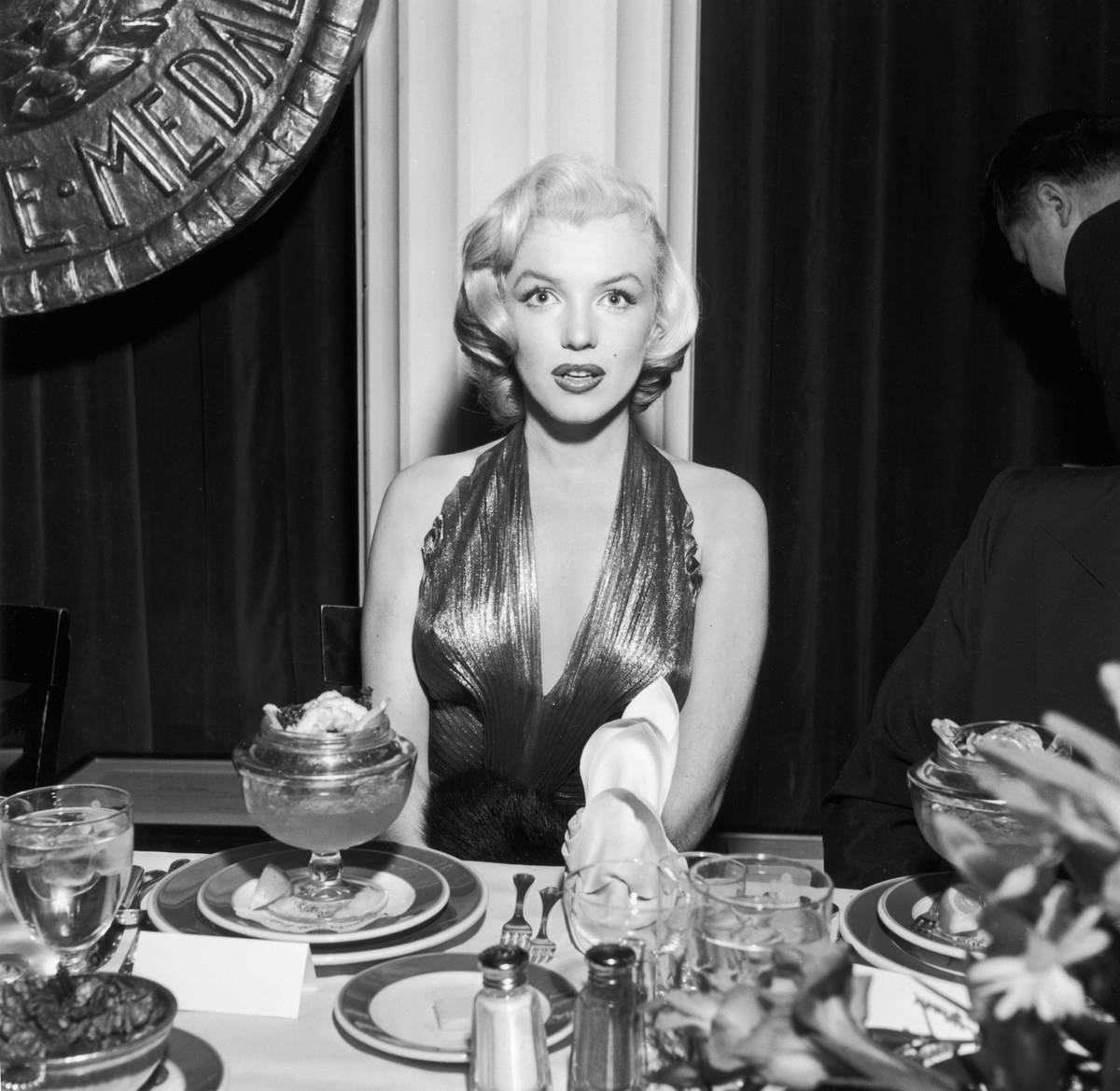
Marilyn Monroe sure gave the troops a treat during her USO performance in Korea, February 1954. The blonde bombshell performed to over 100,000 troops during a four-day tour. Monroe was already a well-known bombshell, so it’s likely many of the soldiers she performed for had a picture of her around to keep morale high.
Though she sadly died at age 36, Marilyn Monroe was one of the most famous actresses and popular bombshells of her time. Her films grossed $200 million in the decade she was a top-billed actress, and her image lives on. She’s a cultural icon to this day.
Looks Safe!

Baby cages were actually used by parents in the 1920s. They were made to ensure that children got enough sunlight and fresh air when living in apartment buildings. In the late 19th century the idea of “airing” your baby to promote health was popular, and it was introduced in 1894 by Dr. Luther Emmett Holt in his book The Care and Feeding of Children.
“Fresh air is required to renew and purify the blood, and it this is just as necessary for health and growth as proper food,” he wrote. So, if you’ve ever wondered why your parents always insisted you go outside and “get some fresh air,” it might have roots in this early parenting book.
Dig It, Man
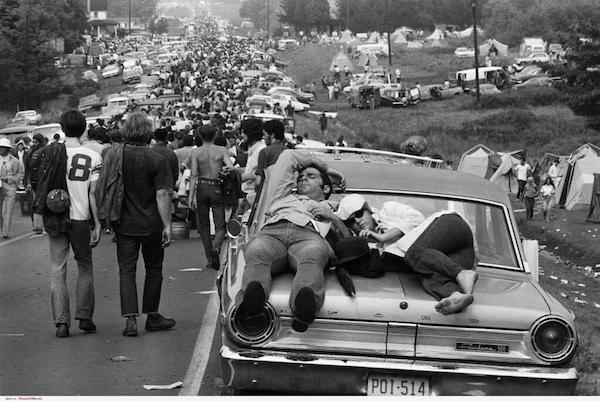
This crowd is en route to Woodstock, the iconic outdoor festival held in New York state in 1969.Rolling Stone has called Woodstock “one of the 50 Moments That Changed the History of Rock and Roll” — no wonder the line was so long.
The 1969 Woodstock Festival’s most famous act may have been Jimi Hendrix who appeared after rain delays. The audience, which peaked to 400,000, was now just 30,000. Hendrix performed his psychedelic rendition of the U.S. national anthem three quarters into the set, and that version became part of the sixties Zeitgeist and American culture today. The rest is history.
Dinosaurs
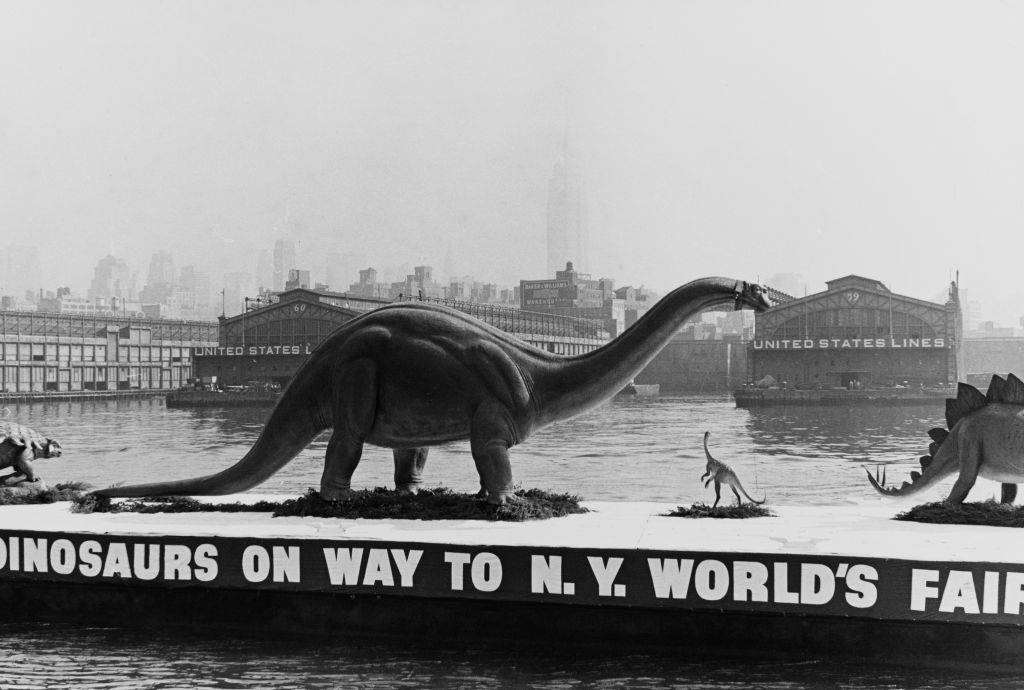
From the 1964 New York World’s Fair: the Sinclair Oil Corporation sponsored an exhibit called “Dinoland,” which featured life-size replicas of nine different dinosaurs. Here, the dinos are being shipped via barge down the Hudson River.
Louis Paul Jonas, a famed designer, was behind the nine fiberglass dinosaurs that inhabited Dinoland. Jonas also designed dioramas for prestigious museums, including the Yale Peabody Museum of Natural History, and the Berkshire Museum. Two of the dinos were mechanized: the nineteen-foot-tall Tyrannosaurus and the Brontosaurus. He also did his homework, enlisting famed paleontologists to make sure Dinoland was as accurate as possible for the time.
Historical Breakthroughs in Science!
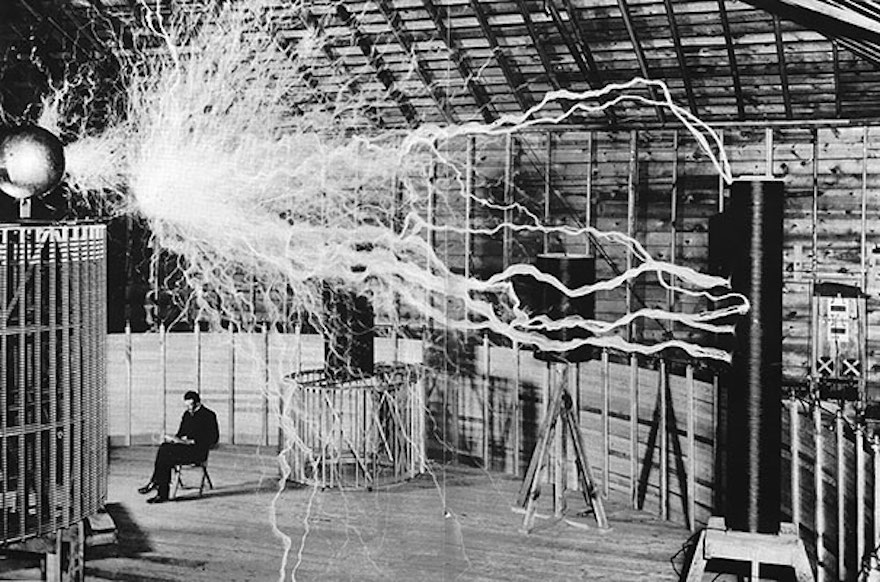
Here’s physicist and inventor Nikola Tesla in his workshop. An online campaign recently raised $2.2 million to buy this space and convert it into a museum dedicated to the scientist. The Serbian-American inventor, mechanical engineer, physicist, and futurist is best known for his contributions to the modern alternating current electricity supply system.
He may have been brilliant in some areas, but Tesla also had some pretty out-there beliefs. Tesla was a proponent of imposed selective breeding (otherwise known as another form of eugenics). At the same time, he believed women would become the dominant sex in the future and supported struggles for gender equality. What a strange contradiction.
King of the Army
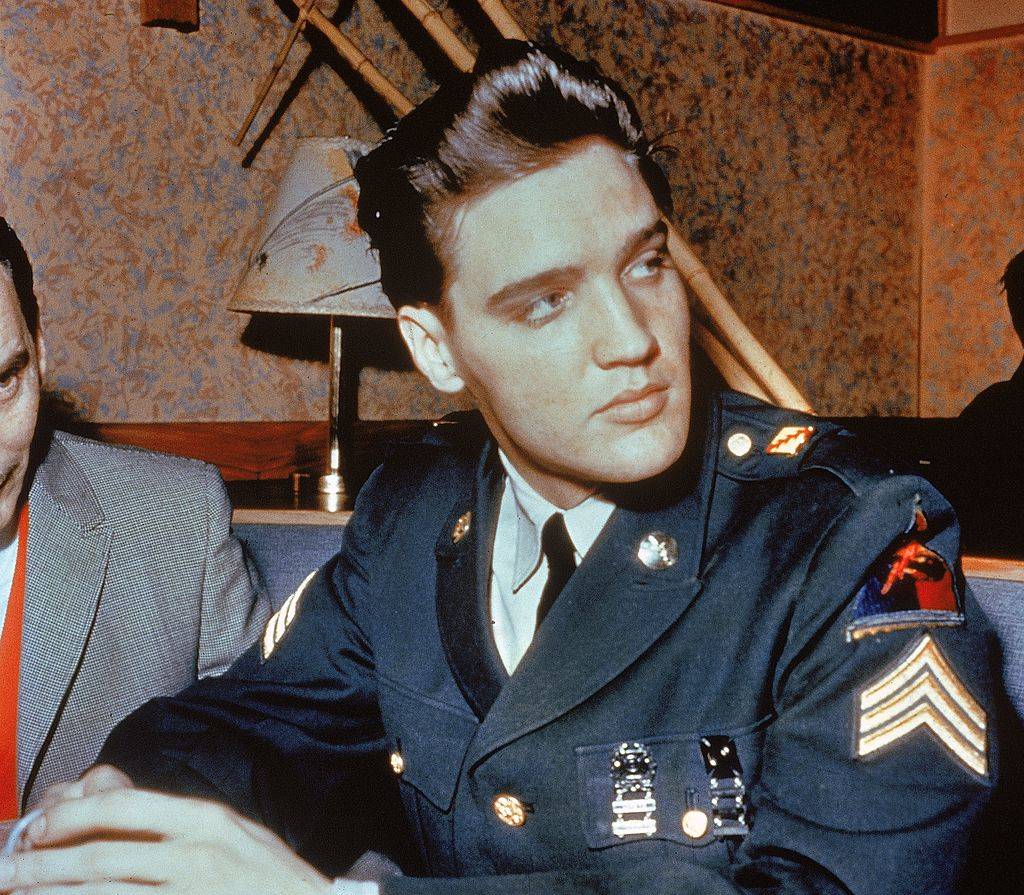
Did you know that Elvis Presley served in the United States Army? He was one of the most famous men in the world, but he served between March 1958 and March 1960. The King of Rock and Roll was conscripted as a private at Fort Chaffee, near Fort Smith, Arkansas.
His conscription was a major media event since he was already very famous at the time. Many stars used their fame to get out of conscription, but Presley said he was looking forward to his military service, and didn’t want to be treated any differently from anyone else. That’s not all.
Custer
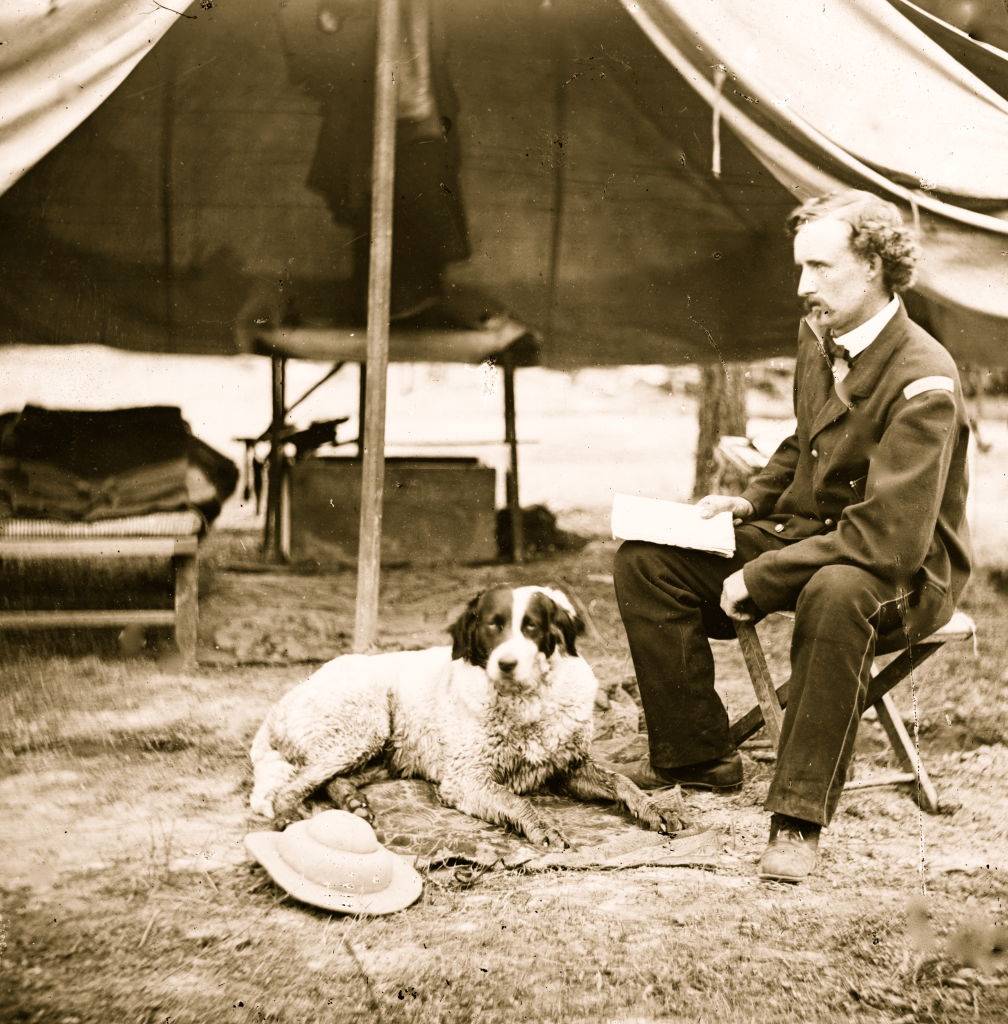
This photograph depicts Lt. George A. Custer posing with a dog, for a portrait during the Civil War. This was years before his massacre at Little Bighorn. Custer developed a reputation as a highly effective cavalry commander during the Civil War. He participated in major events like the First Battle of Bull Run, and the Battle of Gettysburg, but his most famous battle is known as “Custer’s Last Stand.”
During The Battle of Little Bighorn, Custer and his regiment were so decisively defeated by a coalition of Native American tribes that all of his previous battles were completely overshadowed by the crushing loss.
Survival Town
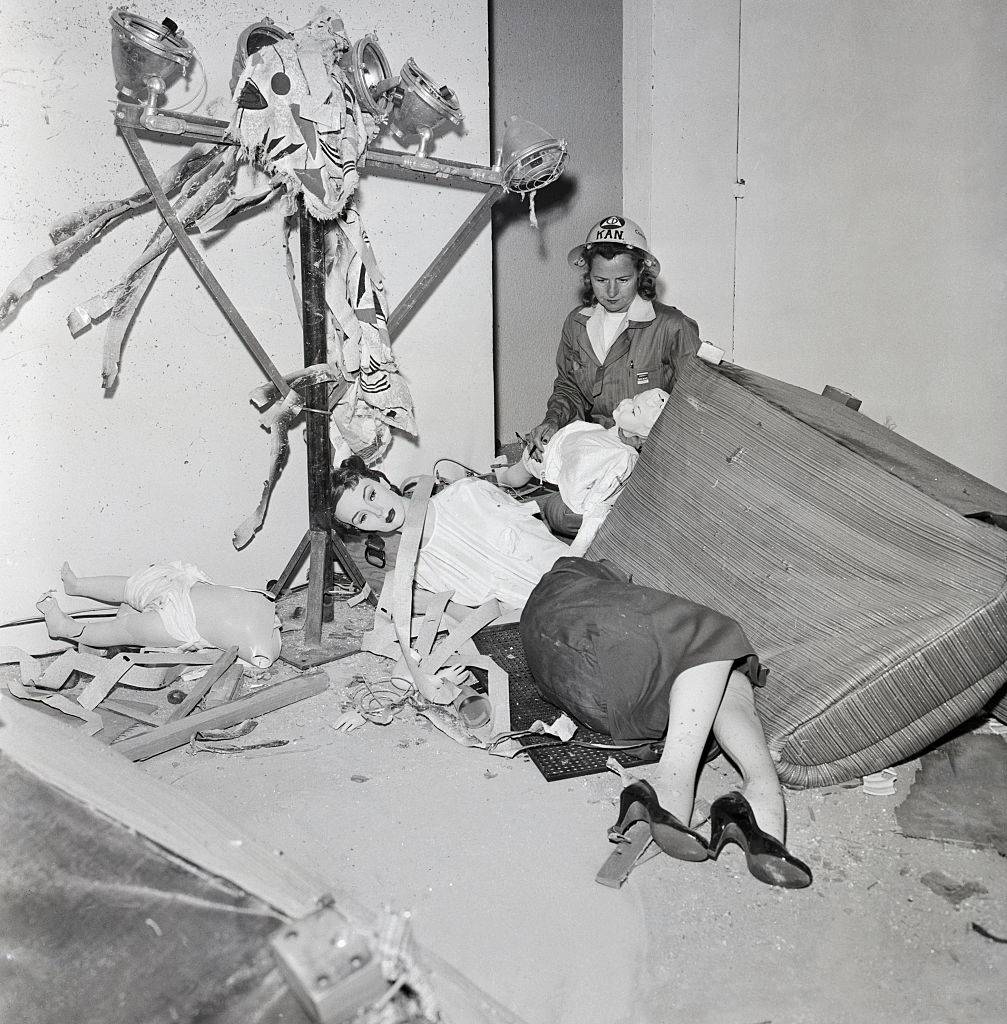
When the U.S. government was conducting nuclear tests in the 1950s, they constructed a town of mannequins. This was done for the sole purpose of find out out what would happen to them if the big bomb were to drop.
The eerie mannequin tests were carefully set up for the sole purpose of being destroyed, and they often were staged just like people enjoying dinner with their family, watching television, or children playing outside. The Nevada test site, known as “Survival Town” is now open for tours. Tests ended in the early 1990s, which wasn’t so long ago at all.
Jorge Mario Bergoglio, Historical Photo of the Pope

Awww, look at Pope Francis as a child. Pope Francis was born in Flores, a neighborhood of Buenos Aires, and was the eldest of five children. His father was an Italian immigrant accountant, and his mother was a housewife born in Buenos Aires to a family of Italian origin.
Did you know that Pope Francis once worked as a doorman at a nightclub when he was a student in Buenos Aires? He also worked as a janitor sweeping floors, and rant tests in a chemical lab. Now, he’s the 266th Pope of the Roman Catholic Church and one of the most influential people in the world.
Strongman
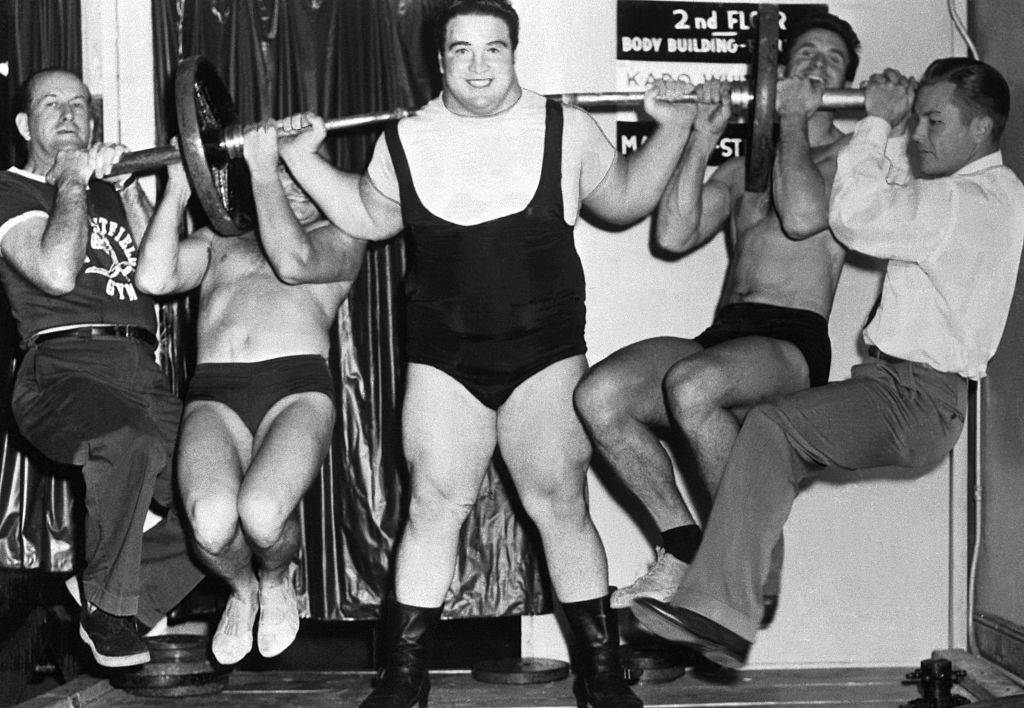
In 1957 Paul Anderson lifted 6,270 pounds, using his legs and back. Paul was an Olympic gold medalist, World Champion and two-time National Champion in Olympic weightlifting champ. Anderson was considered a major part of the popularity of power-lifting and its recognition as a competitive sport.
He didn’t get so strong at some fancy gym. In high school, Paul Anderson used homemade weights that his father created out of concrete poured into a wood form. Sadly, Anderson suffered from Bright’s Disease (which we now call chronic nephritis). The kidney disorder took his life at age 61 on August 15, 1994.
Rasputin Gets Colorized

This chilling photograph of Rasputin was recently colorized, seemingly bringing the Russian mystic to life almost 101 years after his murder. Rasputin was a self-proclaimed holy man who gained influence over the country after he became close with the family of Emperor Tsar Nichols II.
When his influence was deemed too powerful, a group of nobles murdered Rasputin with a close-range gunshot to his forehead. When you see Rasputin’s hypnotizing blue eyes brought to life, it’s easy to see how he won over the dynasty.
The Tattooed Texan
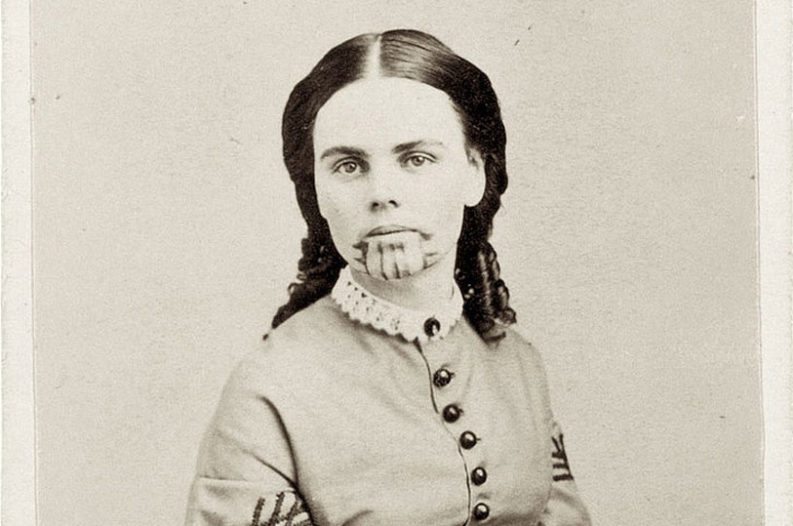
The story behind this photograph of Olive Oatman is hard to believe. Roy Oatman took his wife and seven children on a perilous journey from Illinois to California—but he didn’t realize the trip would claim nearly all of their lives.
As the Oatmans traveled through Arizona, they were attacked by Yavapai Indians. Only three of the children survived, including 13-year-old Olive who was forced into slave labor. The Yavapai Indians eventually traded Olive to a Mohave tribe, where she was considered family and was even tattooed to identify her as a tribal member. When the U.S. government discovered a white woman was living with a Mohave tribe, they stepped in to rescue her, despite her desire to stay. Olive was returned to live among the white settlers in Texas, although her facial tattoos were a constant reminder of the life she grew to love and left behind.



